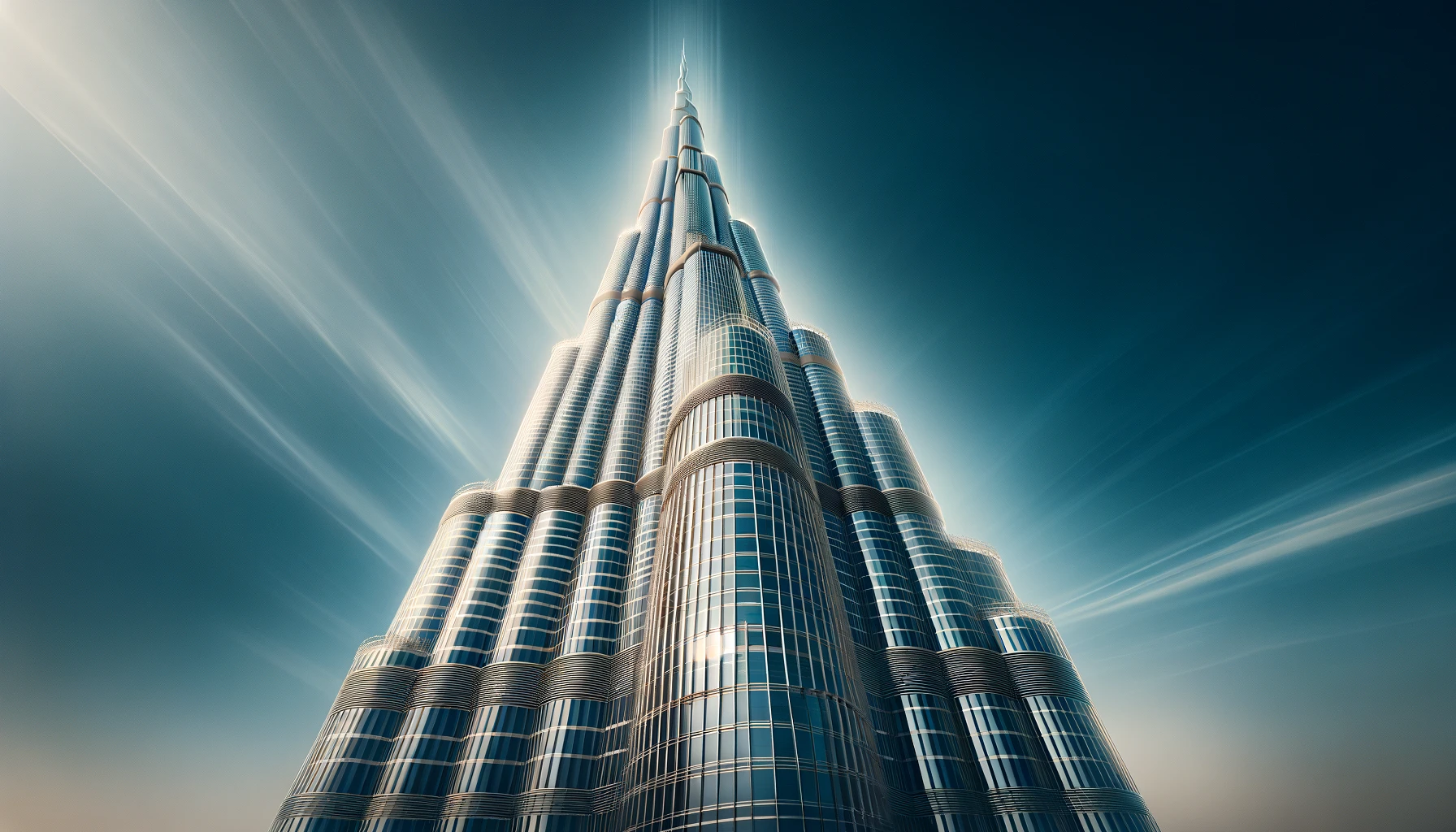

The Burj Khalifa in Dubai stands as a towering testament to human ingenuity and architectural brilliance. As the tallest building in the world, it has not only reshaped the skyline of Dubai but also set new standards in building design. The mastermind behind this iconic structure is Adrian Smith, an American architect renowned for his work on supertall buildings. This blog post delves into Smith’s career, his design philosophy, and the unique architectural features of the Burj Khalifa, providing insight into how this monumental building came to be.
Adrian Smith, born in 1944 in Chicago, Illinois, has had a prolific career in architecture, marked by his focus on high-rise buildings and sustainable design. Smith’s journey in architecture began with his education at the University of Illinois at Chicago and later, Texas A&M University. Before founding his own firm, Adrian Smith + Gordon Gill Architecture, he was a partner at Skidmore, Owings & Merrill (SOM), one of the world’s leading architectural, urban planning, and engineering firms.
During his tenure at SOM, Smith designed some of the most remarkable buildings around the globe, including the Trump International Hotel & Tower in Chicago and the Jin Mao Tower in Shanghai. However, it is his work on the Burj Khalifa that has been the most defining project of his career.
The design of the Burj Khalifa represents a blend of cutting-edge engineering techniques and cultural influences rooted in the region’s history. The tower’s design was inspired by the Hymenocallis flower, and its triple-lobed footprint is an abstraction of the flower’s structure. This shape provides the building with structural stability and gives it a distinct aesthetic that reflects Islamic architectural traditions.
One of the key challenges in designing the Burj Khalifa was its height. To achieve the record-setting height of 828 meters (2,722 feet), Smith and his team had to innovate beyond the current engineering practices. The building’s core, containing all vertical transportation and structural and mechanical services, employs a ‘buttressed core’, a system that supports the height while allowing for a slender and efficient structure. This design is both structurally robust and aesthetically pleasing, allowing the building to taper smoothly as it rises.
Sustainability is a core element of Smith’s design philosophy, and the Burj Khalifa incorporates several features that reflect this commitment. The building’s exterior cladding is made from reflective glazing with aluminium and textured stainless steel spandrel panels, which help to reduce heat transmission and improve energy efficiency. The tower also uses condensate collection systems, where water from the air conditioning system is collected and used for irrigation, which is a significant benefit in the arid climate of Dubai.
The Burj Khalifa is more than just an architectural achievement; it is a symbol of Dubai’s economic and cultural growth. Smith designed the building to resonate with local and international audiences, merging modern architectural techniques with elements of traditional Islamic design. This approach not only enhanced the building’s aesthetic and functional aspects but also rooted it deeply in the cultural context of its location.
The completion of the Burj Khalifa in 2010 marked a significant milestone in architectural history. The building not only broke records in terms of height but also in the application of new technologies and design principles. Adrian Smith’s vision for the Burj Khalifa has set a precedent for future skyscrapers, emphasizing that the limits of architecture are far from reached.
The success of the Burj Khalifa has catapulted Smith to further international acclaim, establishing him as one of the foremost architects of supertall buildings. His work continues to influence the field of architecture, pushing the boundaries of design and sustainability.
Adrian Smith’s design of the Burj Khalifa is a landmark achievement in contemporary architecture. By integrating advanced engineering with cultural motifs and sustainable practices, Smith has not only created a building that dominates the Dubai skyline but also one that stands as a beacon of what is possible in modern architecture. The Burj Khalifa remains a source of inspiration for architects and designers worldwide, symbolizing the limitless potential of human creativity and engineering.
If you need help with this topic then please fill out the form below and we'll put you in touch with an expert architect local to you who can help. Alternatively you can email us: email us